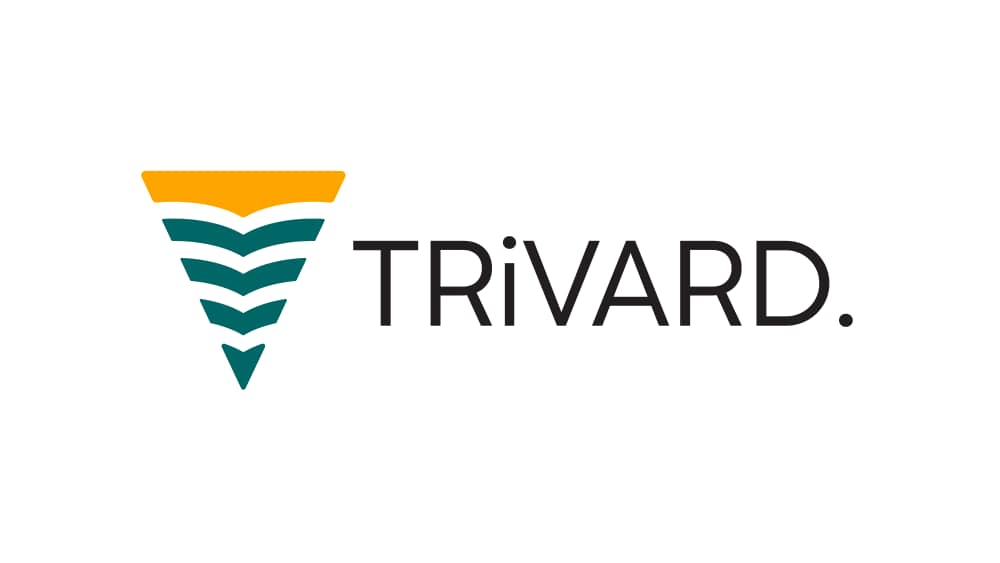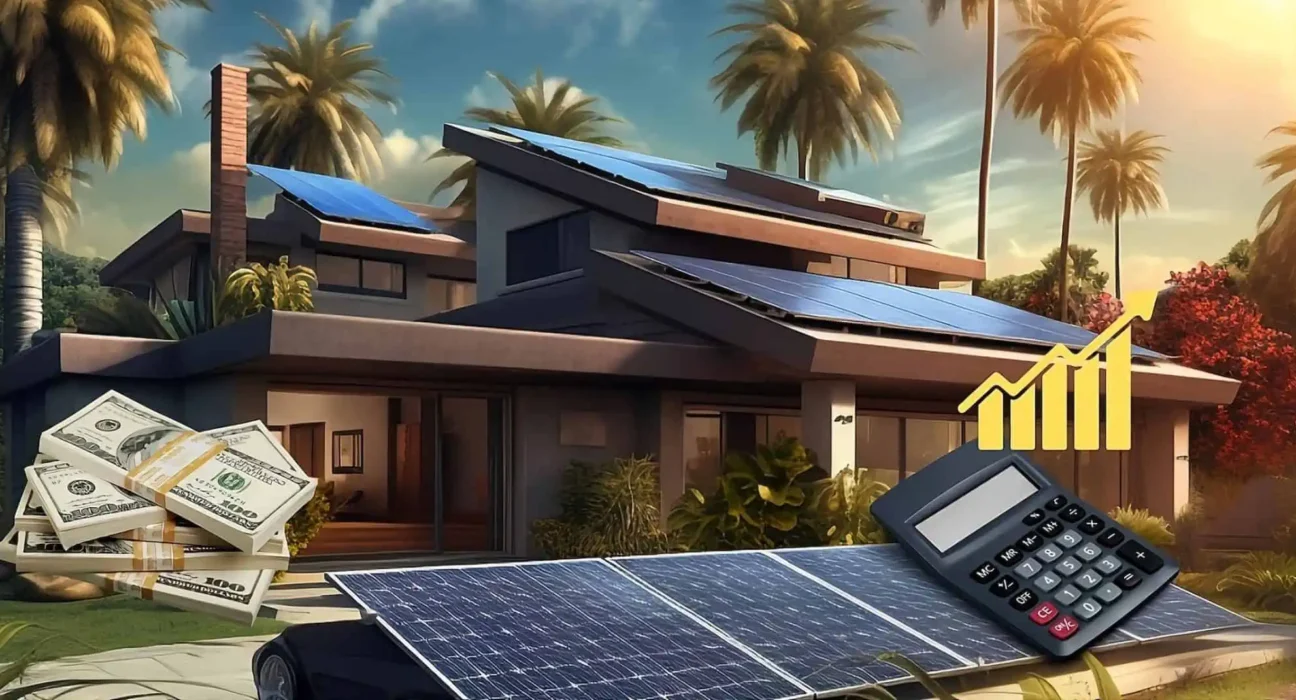Have you ever considered going solar but hesitated because of the upfront costs? What if you could save money on energy bills while helping the environment without draining your bank account? Solar power financing options are making renewable energy accessible to more homeowners and businesses than ever before.
This comprehensive guide explores affordable ways to finance solar energy projects, from loans to leasing options. Whether you’re a homeowner looking to cut costs or a business striving for sustainability, this article will walk you through the best solar financing options available.
Why Solar Power Is Worth the Investment
Environmental Benefits
- Solar energy is renewable, reducing your carbon footprint.
- Adopting solar helps combat climate change by decreasing reliance on fossil fuels.
Financial Advantages
- Solar panels significantly reduce monthly energy bills.
- Federal and state incentives lower installation costs, offering quicker returns on investment.
Boost in Property Value
- Homes with solar installations often sell for more.
- Energy-efficient properties are highly attractive to buyers.
Understanding Solar Financing Options
Cash Purchase
- Pros: No interest fees, complete ownership, highest savings over time.
- Cons: High upfront cost, not ideal for everyone’s budget.
Solar Loans
- Borrow money specifically for solar panel installation.
- Pay off the loan through monthly installments, often offset by energy savings.
Types of Solar Loans:
- Secured Loans: Lower interest rates but require collateral.
- Unsecured Loans: No collateral needed but slightly higher interest rates.
Solar Leases
- Rent solar panels for a fixed monthly fee.
- Maintenance and repairs are usually covered by the leasing company.
Power Purchase Agreements (PPAs)
- Pay for the energy your panels generate rather than owning the system.
- Lower upfront costs with predictable monthly payments.
Government-Backed Programs
- PACE Financing (Property Assessed Clean Energy): Allows you to pay for solar installations through property taxes.
- Federal Solar Tax Credit: Offers a 30% credit for solar system costs (check availability in your state).
Comparing Solar Loans vs. Leasing: What’s Best for You?
| Feature | Solar Loan | Solar Lease |
|---|---|---|
| Ownership | Yes | No |
| Upfront Cost | Low to medium | Low |
| Monthly Payment | Loan installments | Lease fee |
| Maintenance Costs | Owner responsibility | Covered by provider |
| Long-Term Savings | Higher | Moderate |
Key Takeaway:
If you want to maximize savings, loans are a better long-term investment. Leases are great for those looking for minimal upfront costs and hassle-free maintenance.
State and Federal Incentives for Solar Power
Federal Tax Benefits
- The Federal Solar Investment Tax Credit (ITC) allows a 30% deduction on installation costs.
State Rebates
- Many states offer rebates that can cover up to 20% of installation costs.
Net Metering
- Earn credits for the excess electricity your solar panels generate.
- Use those credits to offset costs during cloudy days or at night.
Steps to Apply for Solar Financing
- Assess Your Needs: Determine how much energy you use and your financial capacity.
- Research Providers: Compare solar companies and financing options in your area.
- Check Eligibility: Ensure you qualify for loans, tax credits, or other incentives.
- Apply: Submit an application for financing, lease, or rebate programs.
- Install: Work with your provider to schedule installation and begin saving.
Real-Life Success Stories: Solar Power in Action
Case Study 1: Residential Savings
- A family in California installed solar panels using a state-backed loan.
- Result: Monthly energy savings of $200, with loan repayment offset by savings.
Case Study 2: Business Sustainability
- A small business in Texas leased solar panels, cutting energy costs by 30%.
- Result: The business reinvested savings into operations and marketing.
The Future of Solar Financing
Innovations in Financing
- Crowdfunding platforms for community solar projects.
- Flexible payment plans tailored to individual energy needs.
Increased Accessibility
- Solar financing is now more inclusive, catering to renters and low-income households.
Global Adoption
- Governments worldwide are investing heavily in solar energy infrastructure.
Start Saving and Going Green Today
Why wait to embrace the future of clean, affordable energy? Solar power financing options are breaking down barriers, making green energy accessible to everyone. Whether you choose a loan, lease, or government-backed program, there’s a path for you to reduce energy bills and help the planet.
Don’t let upfront costs hold you back—explore your solar financing options today and take the first step toward a sustainable future.

